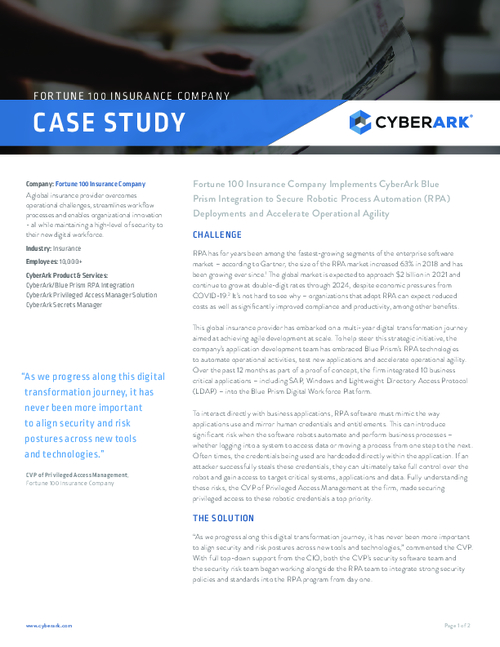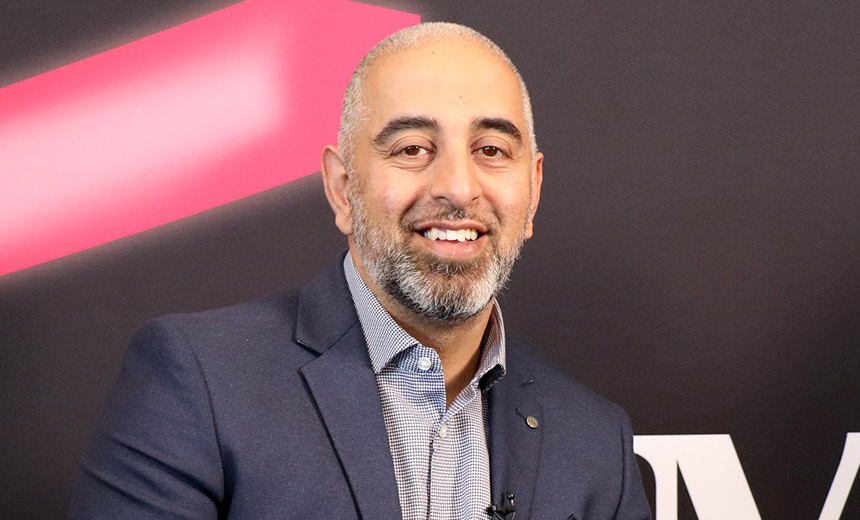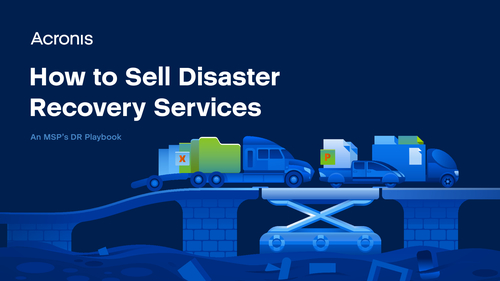Four Pillars of Pandemic Planning For Financial Institutions
All financial institutions need to document their pandemic plan for regulators, according to the latest FFIEC guidance on pandemic planning.Ultimately, when an institution's plan is complete, there should be four "pillars" in its strategy, says Regina Phelps, an internationally known expert in business continuity planning and emergency management. The four pillars are:
- Education -- This needs to be very extensive on all aspects of hand hygiene, disease transmission and all of the actions to keep people as healthy as possible.
- Social distancing - It means if institutions have people in the same space, they need to be at least six feet apart. "No scientist will say six feet will protect a person better, there's no study confirming that, and its all speculation," Phelps notes, adding the Centers for Disease Control document states six feet for social distancing. Institutions have to look at floor plans, and if people are placed out over a grid, the decision must be how to redeploy staff. The group meetings and other events where people would be in close proximity to one another would have to stop. "There's a whole laundry list of things you'd have to consider not doing in an office when it comes to social distancing," she says.
- Personal Protective Equipment - Decisions again would be made on whether the institution would provide masks to employees, when would they use them; what kinds of masks would be used. Facemasks and respirators won't provide complete protection from a virus, Phelps stressed.
- Cleaning - The way diseases like the avian flu are spread are primarily through hands. A chain of transmission would follow this type of path: A person coughs into their hand, touches a door knob. Another person behind them touches the same door knob and 3 minutes later they scratch their nose -- that's how the disease is spread.
If these four pillars are not done well, "Then the plan that is laid on top of it is not going to survive," Phelps says. "They can't make an assumption that employees will come into work, regardless of what the institution says." The focus on education and the other pillars are all things the institution has never had to do before in planning for a disaster.
Phelps moderated a series of roundtables with critical infrastructure industry and co-authored a whitepaper as a result of the information from the financial industry roundtable. ( "The Microbiological Threat to Financial Institutions and the Global Economy: Advanced Pandemic Planning for Executives." www.ems-solutionsinc.com)






















